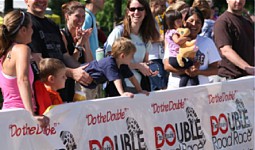UjENA FIT Club Running Interviews and articles with 100 Interesting People
Best Road Races and the UjENA FIT Club is speaking with 100 people who we feel have a lot to say about running, racing and fitness We will give you background information as will as their insights into the future. Be sure to post your feedback and comments.
Read All UjENA FIT Club Running Interviews
Posted Thursday, February 19th, 2015
by Bob Anderson, publisher of Double Runner magazine (Photo Bob Anderson with world record holder Julius Koskei wearing the yellow... Read Interview
Posted Monday, March 17th, 2014
The Chris Jones story is a running saga of epic proportions. Don't try this at home! (Photo - Leadville 100... Read Interview
Posted Sunday, March 23rd, 2014
Aging ever so gracefully at age 59 and forging a career record that becomes ever more impressive, Sharon Vos is... Read Interview
Posted Tuesday, November 5th, 2013
By David Prokop Editor Best Road RacesJulius Koskei (pronounced Kos-kay), who set the current world record in the Double Road... Read Interview
Amol Saxena Interview No. 24
Thursday, March 22nd, 2012
"...proving oneself was nothing new to me."
Amol Saxena lives by Gandhi's philosophy "Be the change you want to see in the world." Amol's practice specializes in Sports Medicine and Foot & Ankle Surgery in Palo Alto, California. He has pioneered several surgical techniques (including Achilles procedures). He is an international and nationally recognized surgeon, speaker and author, and has published over 100 articles. Dr. Saxena is the editor of “International Advances in Foot and Ankle Surgery” (Springer 2012). He serves on the editorial Board for Journal of Foot & Ankle Surgery and for Muscle, Ligament & Tendon (Italian). He is an instructor for the German Association for Foot Surgery. In 2004 Amol was awarded Humanitarian of the year by the CPMA. He currently has treated and operated on dozens of Olympians from around the world (including Gold Medalists and world record holders), and Olympic Trials qualifiers, numerous professional athletes including from the Nike Oregon Project, Golden State Warriors, San Francisco Giants and 49ers, and San Jose Earthquakes, and many top area high school athletic scholarship winners. Dr. Saxena is board certified/Re-certified in Foot and Reconstructive Rear-foot/Ankle Surgery (American Board of Podiatric Surgery), Fellow American College of Foot & Ankle Surgeons, American Academy Podiatric Sports Medicine (which he was presented the Barnes Award for outstanding research in 2011) , and serves as section Chief of Podiatric Surgery at Stanford University Hospital. I have known Amol for nearly 40 years and I have seen him become a star in his profession. I have seen him at work and his "home-town" style makes you feel comfortable. You know you are in capable hands. Over the years we have run several races together with good memories. I also make sure, if I am in town, to support and run their Juana 8k run in Palo Alto. Always a fun "home-town" type of an event. (Interview by Bob Anderson)
1. You started running in 1972. Photo: Amol running at the World Duathlon Championships in Scotland 2010. 2. Did you enjoy running from the start? 3. How important was running fast races?
Photo: Amol running the 2004 Boston Marathon. 4. Do you have one race that you never will forget? By the summer of 2003 it was clear I had to severely ration my running from my usual 50-70 mi/wk to a whole lot less. I wanted to run one last Boston as a fundraiser for the various causes my friends died of. I trained 3-4 days a week about 30 mi/wk. The next yr, I ran Boston 2004 in 86 degree weather. Being under-trained and over-heated was nothing to what it was like to lose my friends and also know I wasn’t going to be the same runner anymore. 5. You got interested in being a podiatrist because you were injured a lot? 6. Was your family supportive? 7. How tough was it for you to become a podiatrist?
Photo: Amol with Alberto Salazar and a running buddy Peter Goldmacher. 8. You worked at Runner's World for awhile. I have to say, even though I enjoyed working in the running world, I did not like the cubicle world, so it reinforced the fact I would not end up in one for a profession. It also taught me how to get along with people older than me. I think I was already pretty mature for my age. In addition, you showed me a lot of trust Bob, because at times I would be given a $1000.00 cash and the company car, to go buy running shoes for the survey. My high school friends said I should have gone to Mexico. (I didn’t speak Spanish). But seriously, that was a lot of money back in those days, almost what I made the whole summer. I also remember reading that there were only three people back then who were millionaires from running; I thought that would be a cool goal to be able to donate that amount to some cause.
9. Why do you think some people never get injured and others all the time? 10. You must know every trick in the book yet you still get injured, why? 11. What do you think about the current barefoot running crazy? 12. How important has running been to your life? 13. How much are you running now?
14. You do a lot of cycling. How did this develop? Comments and Feedback
 Thanks Amol...I am glad I only had to see you once at your office...but I know you are the guy to see if something ever happened to my foot or ankle...thanks for doing this interview! I really enjoyed reading it!!! Thanks Amol...I am glad I only had to see you once at your office...but I know you are the guy to see if something ever happened to my foot or ankle...thanks for doing this interview! I really enjoyed reading it!!!Bob Anderson 3/23/12 11:04 am |
,,,,, | 15. In fact you do a lot of duathlons?
Photo: Amol and wife Karen at the recent Juana 8k Run in Palo Alto they produce. 16. How did you and Karen meet? 17. She runs and rides too?
18. How did the Juana 8k run come about? 19. You have done some amazing things. So far, I seem to be OK with biking at altitude. One of my best bike rides was biking from Avon, CO to the top of Vail pass (7K to 10K feet high) in the summer of 2009 and that was no problem. 20. You have pretty much weighed the same forever. Do you do anything special with your diet? 21. What is your typical day like?
23. At what point do you recommend surgery to a runner? 24. You work with a lot of top athletes. Do you find their needs are any different than a 12 minute per mile jogger? 25. What do you think is the biggest cause of foot injuries?
Photo: Amol at his office at the Palo Alto Sports Mecial Clinic. 26. When should a runner see a podiatrist? 27. How much of your business time is taken up by non-medical type work? Photo: Amol's family...picture taken recently in Palo Alto. 28. Do your kids run? 29. Your father must be very proud of you? 30. What challenges have you had to overcome? There have been many battles, politically, etc, since being a podiatrist can have a whole host of inequalities, and as they say it’s lonely on the top. When you take care of elite athletes, you sometimes get unrealistic expectations from other patients. When you see as many patients as I do (over 1300 new patients/yr), you have to deal with a lot of different situations and personality types. You cannot be 100%. But I am really glad how my practice turned out. I’m pretty sure no one sees more elite athletes than I, but more importantly, I am documenting treatment outcomes through real research. That’s what’s gotten me notoriety. It’s good to be the king but the crown can be heavy too. 31. What is it like to run the Boston Marathon? 32. Is a sub two hour marathon possible? 33. Should a runner train in a heavier shoe than what they race in? 34. What do you think about using sport tape to help solve a problem? 35. Why do you think there are more women running races than men now? 36. What's ahead for you? I’ll still be cruising along practicing for another 2-3 years, then see how much I can cut back. I’d like to donate as much as possible to my alma mater's, so that’s the main reason I’m still working full time. Problem is, if I have more time to train, I may have more likelihood of getting injured! I may go back to some coaching since my wife does that. I had a goal of getting a podiatrist part of the US Olympic team, or at least the Track & Field Team when I started practice, but that has become so political and frustrating, I’ll let some group like the American Academy of Podiatric Sports Medicine fight for that. They are heavily involved with Special Olympics, but when it comes to mainstream sports, many egos and turf wars combine for a bad over-all athlete resource. Crazy, since we treat so many athletes and foot and ankle problems that are #1 or 2 cause of injury. I had over 30 patients in the last Olympic Trials and 14 made the team. Should be about the same this year. 37. Your family is obviously very important to you. How important is it to sit down as a family for dinner? 38. Do you live by any philosophy? 40. Do you think I am going to achieve this goal? 41. You have been running for 40 years, has it been a good ride? |

Copyright 2025 UjENA Swimwear · Site Map · Feedback · Tell A Friend · Nominate a Race
Leaderboard · UjENA 5K · Double Road Race · UjENA Jam · UjENA Network









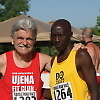
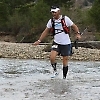
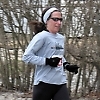

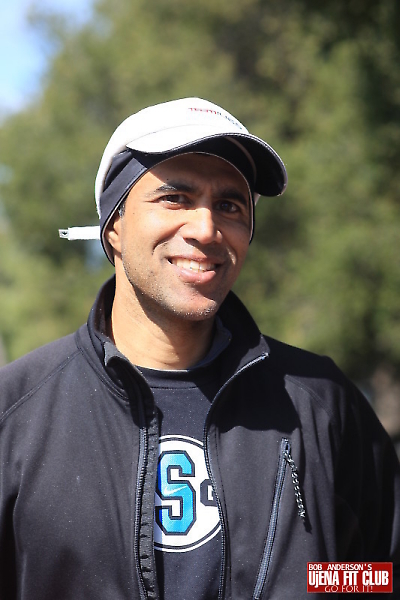
.jpg)
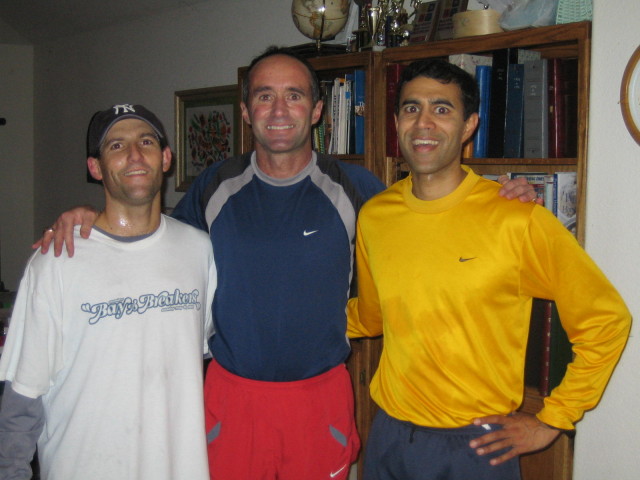
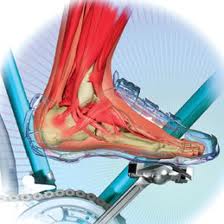 Photo: The foot and ankle is very complex...
Photo: The foot and ankle is very complex...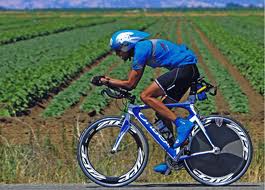 Photo: Amol doing a bike time trial in 2009.
Photo: Amol doing a bike time trial in 2009.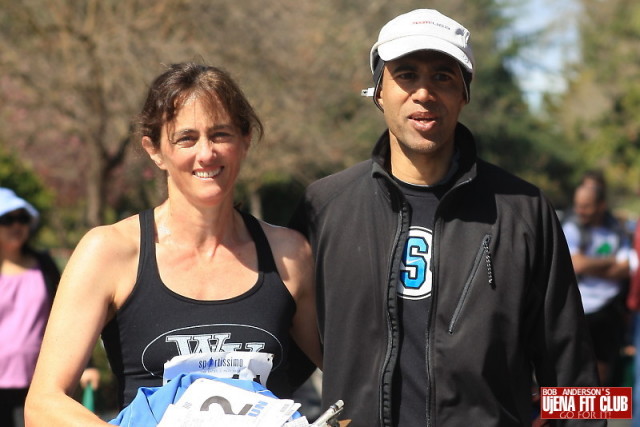
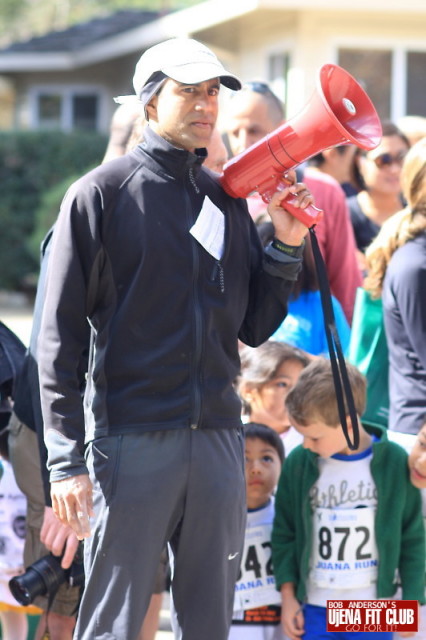 Photo: Amol getting the kids lined up to run one of the many races at the Juana Run. Photo by Catherine Cross Ujena Fit Club
Photo: Amol getting the kids lined up to run one of the many races at the Juana Run. Photo by Catherine Cross Ujena Fit Club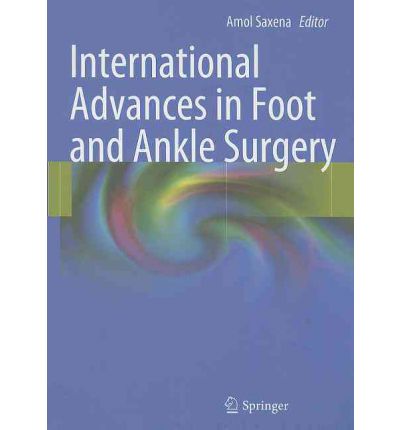 22. Tell us about your new book "International Advances in Foot and Ankle Surgery."
22. Tell us about your new book "International Advances in Foot and Ankle Surgery."
